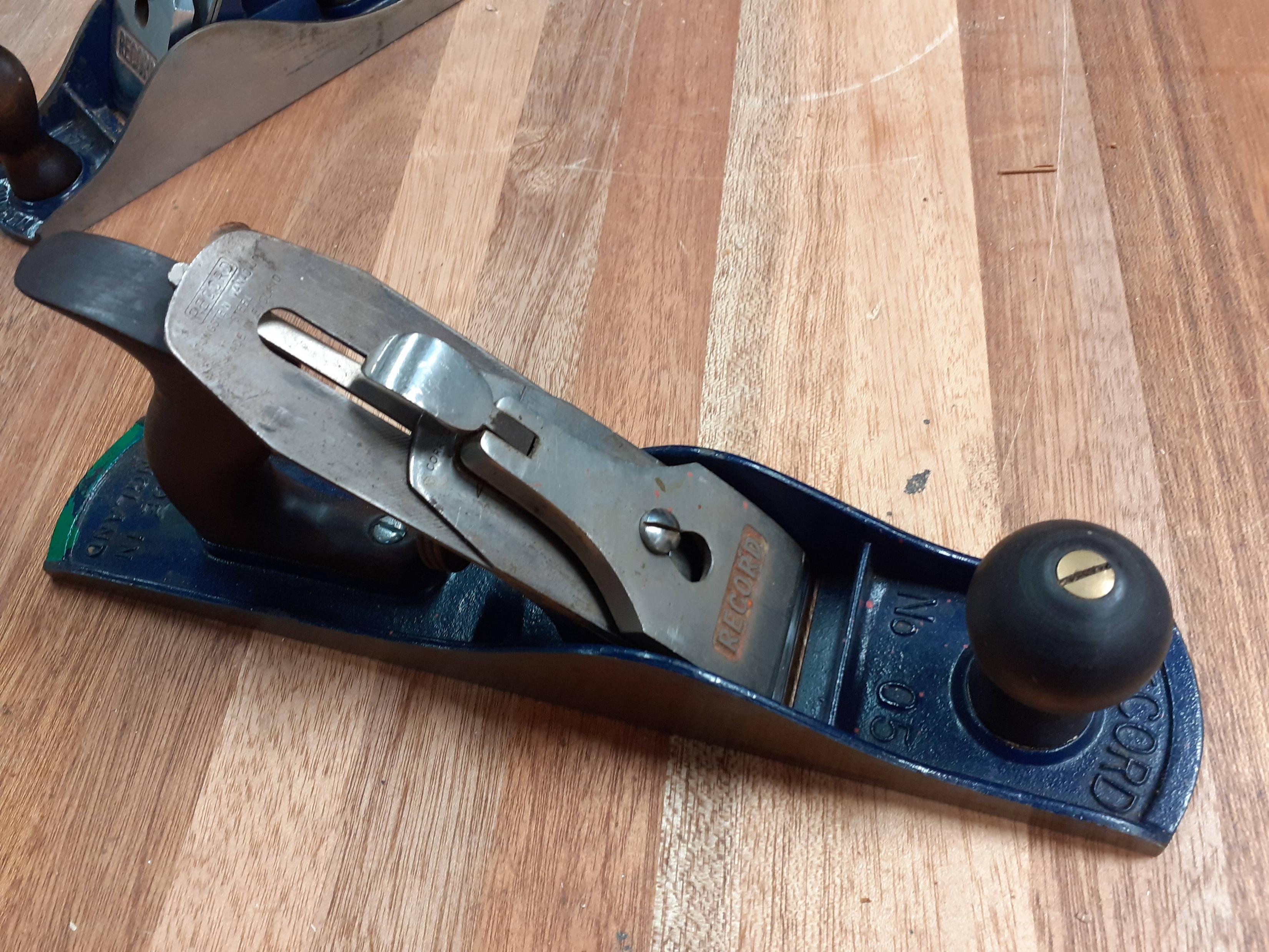Garno. You are not alone mate. It's why you see so many beginners ask questions on here ask basic starter questions consistently for a short while and then you never hear from them again. They gave up.
It's hard and frustrating to learn on your own. It's a shockingly steep learning curve at first. There is so much to take in and so many ways to do the simplest things wrong without guidance.
I remember Custard posting that if you want to improve consistently you need to set consistent goals.
Pottering won't cut it. I'm a potterer let's have it right and I fell down every rabbit hole going from tool restoration to trying my hand at plane making because personally tbh I enjoy it. I see this as a long time commitment from me. That in itself has to be divvied up between lots of essentially more important but sometimes less enjoyable time takers.
I'm less committed to becoming a cabinet maker in my shed than I am to enjoying a variety of related exercises.
Having said that more than ever now I have found it important to focus. One task and learn that then move on.
I find now I can perform most basic tasks ok without worry. I have a vastly greater understanding than when I started about lots of things related to woodwork.
If I had set aside 1 hour a day to a dedicated training schedule written by a decent teacher I have no doubt my woodworking skills would be far far greater. But I wouldn't have restored a meddings pillar drill and learned all that tapping of threads and painting metal and gearing systems or the big old morticer. Restoring that gave me a huge amount of pleasure. Draw filling bronze. Messing about with tempering 01 steel to make stuff was a blast. Especially half cut .

For me it's all part of it.
I've also spent 14 hours making a box prepping all the timber by hand. Then cut the bottom section off for the lid. Not even kidding..... Honestly. I just looked at it for a while open mouthed. Then I put it down and and very quietly locked the shed up for a week.
When I came back s
little calmer I made it look like it was supposed to be that way. Turned out alright.
Smoke and mirrors mate.
Heres another option.
I spent months looking for my inca bandsaw at the right price. When I got it it transformed how I looked at working in my shed. I'd say overnight but it took me much longer to realise the potential. You go from trying to find ways to avoid cutting wonky lines to preparing yards of straight stock.
Recent example, the old pine banisters from the house would have been chopped and burnt. What with the lockdown they were ripped into 2x1 strips and have already been processed for the new understairs cupboard apocalypse build.
Hands up what I posted here
what-are-you-making-today-t121941-15.html
Was a bit rum. :-"
Have you not got a decent plane Garno? I wouldn't be sanding edges by hand. Ever.
It's a funny thing. Just before lockdown I was having a clear out. I was just about to put a record 5 on here. It's tidy. Fettled and all that.
Send me the postage and it's yours. Might take me a while to get it sent. I'm working but isolating after that but not sure what the situation is with posting items? Anyone know? Otherwise I'll keep it 'till a better time for you. No nonsense . It's yours if you need it. Lots of good stuff going on in the world right now despite the abnormal times. Maybe that's the point of it all in the end.
With an apology for the long post.
Best regards.
PM me Garno.
Heres a translation of what Chaucer wrote in 1300s. And the Greeks were saying it a bit before that. Doubtless they weren't the first either.
Don't give up.
(Otherwise I'll be the worst woodworker on here again.)
:wink:
From Geoffrey Chaucer's Parliament of Birds.
The life so short, the craft so long to learn,
The attempt so hard, the victory so keen,
The fearful joy, so arduous to earn,
So quick to fade - by all these things I mean
Love, for his wonders in this worldly scene
Confound me so that when I think of him
I scarcely know whether I sink or swim.
Translated by Theodore Morrison
Keep your chin up mate.
Chris

































